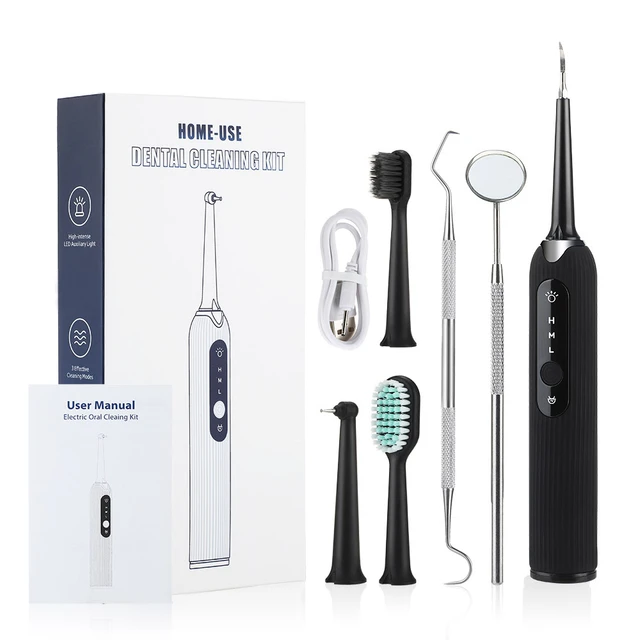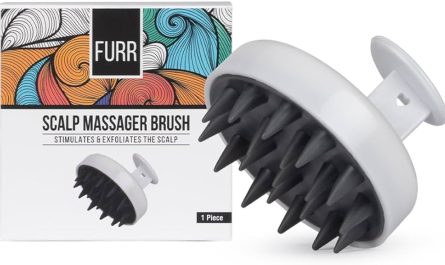Introduction:
Determining how long an electric toothbrush lasts without charging depends on various factors, including the type of toothbrush, battery capacity, usage frequency, and additional features. This comprehensive guide explores the typical battery life of different electric toothbrushes, factors affecting battery longevity, and tips for maximizing battery usage to ensure your toothbrush remains effective and convenient.
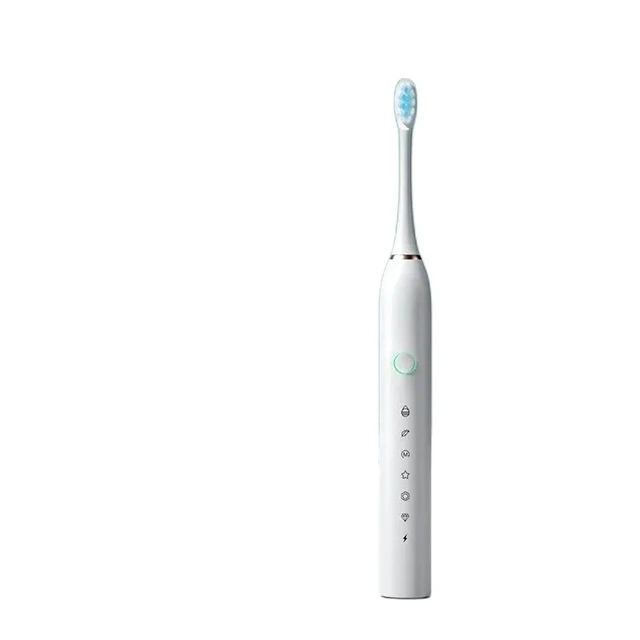
How Long Does an Electric Toothbrush Last Without Charging?
Understanding Battery Types and Capacities
Electric toothbrushes come with different types of batteries that influence their charging frequency and durability.
Nickel-Cadmium (Ni-Cd) Batteries: Older electric toothbrush models often use Ni-Cd batteries. These batteries have a shorter lifespan and can suffer from the “memory effect,” where they lose capacity if not fully discharged before recharging. Ni-Cd batteries typically require frequent recharging and may not hold a charge as long as newer battery types.
Lithium-Ion (Li-Ion) Batteries: Modern electric toothbrushes commonly use Li-Ion batteries. These batteries offer a longer lifespan, higher energy density, and faster charging times compared to Ni-Cd batteries. They do not suffer from the memory effect, making them more efficient and reliable.
Battery Capacity and Efficiency: Battery capacity, measured in milliampere-hours (mAh), determines how long an electric toothbrush can operate on a single charge. Higher capacity batteries provide longer usage times but may increase the toothbrush’s size and weight.
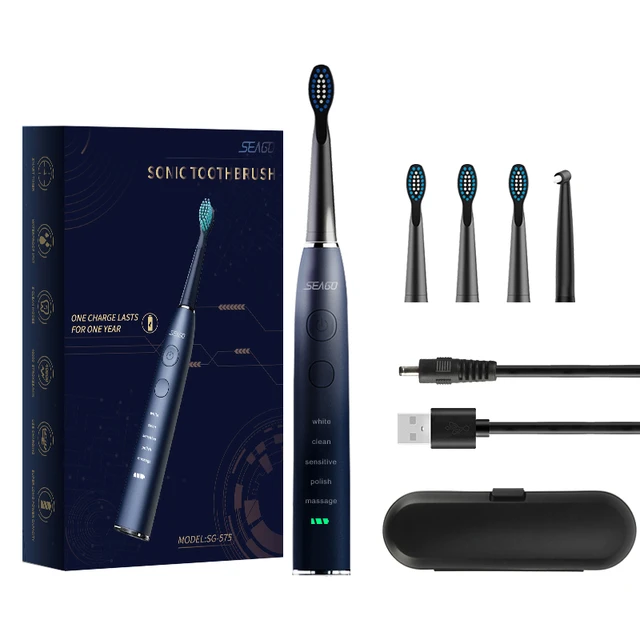
Evaluating Typical Battery Life of Electric Toothbrushes
The battery life of an electric toothbrush varies across different models and brands. Understanding the typical battery life helps in making informed choices.
Entry-Level Electric Toothbrushes: Basic electric toothbrushes with simpler features and lower battery capacities typically last around 5 to 7 days on a single charge. These models are suitable for users with minimal needs and shorter travel durations.
Mid-Range Electric Toothbrushes: Mid-range models with moderate battery capacities and additional features such as multiple brushing modes or timers can last between 14 and 21 days without charging. These toothbrushes balance performance and convenience.
High-End Electric Toothbrushes: High-end electric toothbrushes with advanced features, including Bluetooth connectivity, pressure sensors, and high-capacity Li-Ion batteries, can last up to 4 to 6 weeks on a single charge. These models offer the longest battery life and are ideal for frequent travelers or users seeking premium functionality.
Factors Affecting Battery Longevity
Several factors influence how long an electric toothbrush lasts without charging. Understanding these factors helps optimize battery usage and maximize toothbrush performance.
Usage Frequency and Duration: Battery life diminishes with increased usage frequency and duration. Brushing twice daily for two minutes each session consumes more battery than infrequent or shorter brushing sessions.
Brushing Modes and Features: Electric toothbrushes with multiple brushing modes, high-speed settings, and additional features like pressure sensors or Bluetooth connectivity drain the battery faster. Using basic modes conserves battery life.
Age and Wear: Battery performance degrades over time due to natural wear and usage. Older batteries hold less charge and require more frequent recharging compared to newer batteries.
Temperature and Storage Conditions: Extreme temperatures, both hot and cold, can affect battery performance. Storing the toothbrush in a cool, dry place optimizes battery life. Avoid leaving the toothbrush in direct sunlight or freezing conditions.
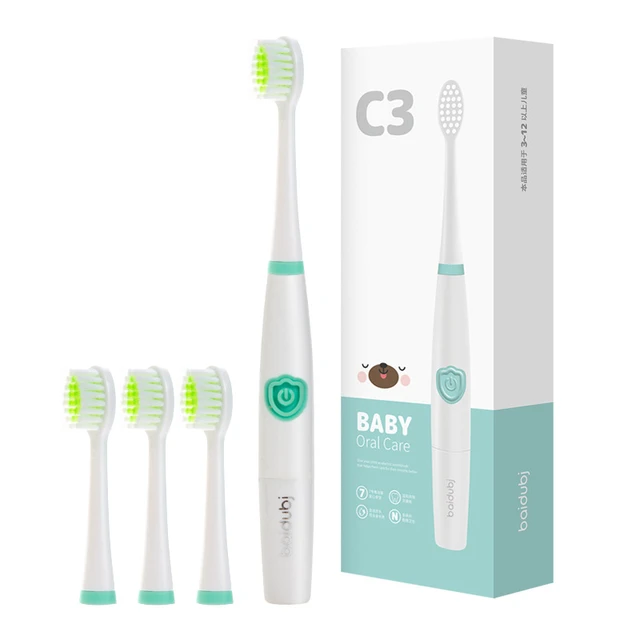
Maximizing Battery Life of Electric Toothbrushes
Implementing best practices ensures you get the most out of your electric toothbrush battery, extending its duration between charges.
Regular Full Discharges and Recharges: For Ni-Cd battery-powered toothbrushes, regularly allow the battery to fully discharge before recharging to prevent the memory effect. Li-Ion batteries can be recharged at any time without affecting lifespan but should undergo full discharge cycles occasionally.
Use Efficient Brushing Modes: Opt for basic or lower-power brushing modes for everyday use to conserve battery life. Reserve high-speed or intensive modes for occasional, thorough cleaning sessions.
Proper Storage: Store the toothbrush in an upright position to allow airflow and avoid moisture buildup. Keep it in a cool, dry place to maintain optimal battery performance.
Regular Maintenance: Clean the toothbrush handle and charging contacts regularly to ensure efficient charging and operation. Remove any toothpaste residue or debris that can obstruct contacts.
User Insights and Experiences
Gaining insights from users’ experiences with battery life can provide practical tips and perspectives on managing and extending battery usage.
Positive Feedback on Lithium-Ion Models: Users frequently praise toothbrushes with Li-Ion batteries for their long-lasting performance and quick charging times. Many find these models convenient for travel and daily use.
Battery Longevity Concerns: Some users express concerns about battery longevity, especially as the toothbrush ages. Addressing these concerns involves regular maintenance and occasionally replacing the battery or toothbrush handle.
Usage Habits: Users who brush for extended periods or multiple times a day often report shorter battery life. Adapting usage habits and selecting appropriate brushing modes can mitigate rapid battery depletion.
Travel Considerations: Frequent travelers appreciate electric toothbrushes with long battery life, eliminating the need for constant recharging. Users recommend models with travel cases that include space for chargers, ensuring convenience on the go.
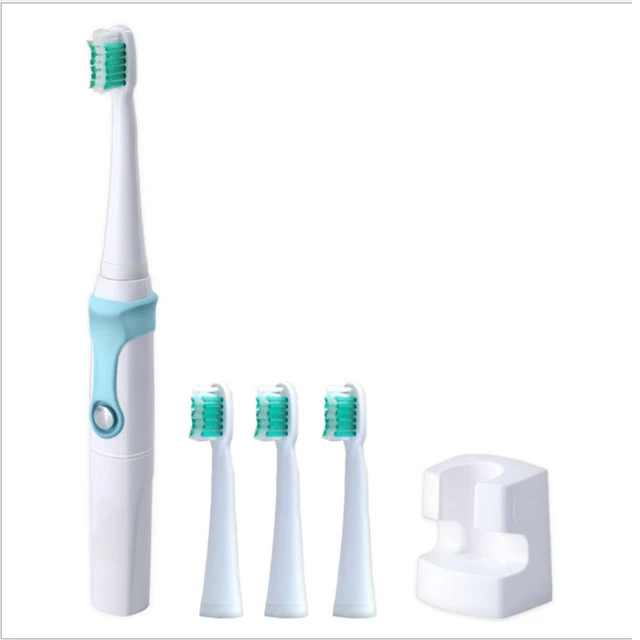
Comparing Charging Methods and Durations
Understanding different charging methods and their impact on battery life helps optimize usage and convenience.
Inductive Charging: Many electric toothbrushes use inductive charging, where the toothbrush sits on a charging base. Inductive chargers offer convenience and safety by eliminating direct electrical contacts. Charging times vary, typically ranging from a few hours to overnight.
USB Charging: Some modern electric toothbrushes feature USB charging capabilities, allowing users to charge their toothbrushes using USB ports. This method is convenient for travelers as it requires fewer adapters and offers versatile charging options.
Quick Charging: High-end electric toothbrushes may offer quick charge features, providing enough power for a single brushing session with just a few minutes of charging. This feature ensures the toothbrush is ready for use even with limited charging time.
Comparing Electric vs. Manual Toothbrushes
Understanding the advantages and potential drawbacks of electric vs. manual toothbrushes in terms of battery life and overall performance helps in making an informed choice.
Electric Toothbrushes:
- Advantages: Superior cleaning efficiency, multiple modes, and additional features. Longer battery life and built-in timers for optimal brushing duration.
- Drawbacks: Higher upfront cost and the need for regular charging. Dependence on battery performance and potential for degradation over time.
Manual Toothbrushes:
- Advantages: Affordable, no charging required, and easy to replace. Ideal for users who prefer traditional brushing methods.
- Drawbacks: Less effective at plaque removal and no additional features like timers or pressure sensors.
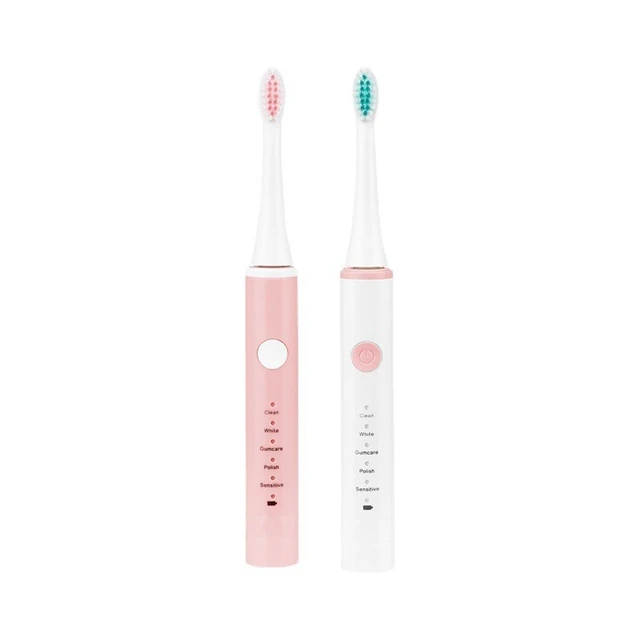
Considering Environmental and Health Aspects
Battery life and charging frequency also have environmental and health implications that should be considered.
Environmental Impact: Regularly disposing of batteries or toothbrush handles contributes to environmental waste. Choosing toothbrushes with longer-lasting batteries and recycling components responsibly minimizes ecological footprint.
Health Considerations: Electric toothbrushes offer superior oral health benefits by effectively removing plaque and reducing gum disease risk. Ensuring reliable battery performance supports consistent and thorough oral hygiene practices.
Professional Recommendations and Guidance
Dental professionals provide valuable insights and recommendations for maintaining optimal electric toothbrush battery life and performance.
Routine Check-Ups: During dental check-ups, professionals can evaluate your brushing habits and offer tips for extending battery life and maintaining oral health.
Personalized Advice: Dentists can recommend specific electric toothbrush models and brushing modes based on individual needs, ensuring the balance between effective cleaning and battery conservation.
Conclusion
The battery life of an electric toothbrush varies depending on the model, battery type, usage habits, and features. Typical battery durations range from a few days for basic models to several weeks for high-end versions. Implementing best practices, user insights, and professional advice ensures you get the most out of your electric toothbrush battery. Understanding charging methods, environmental impacts, and health considerations enhances your oral hygiene routine. By balancing optimal usage with efficient maintenance, you can ensure your electric toothbrush remains effective and convenient, supporting better oral health in the long run.

